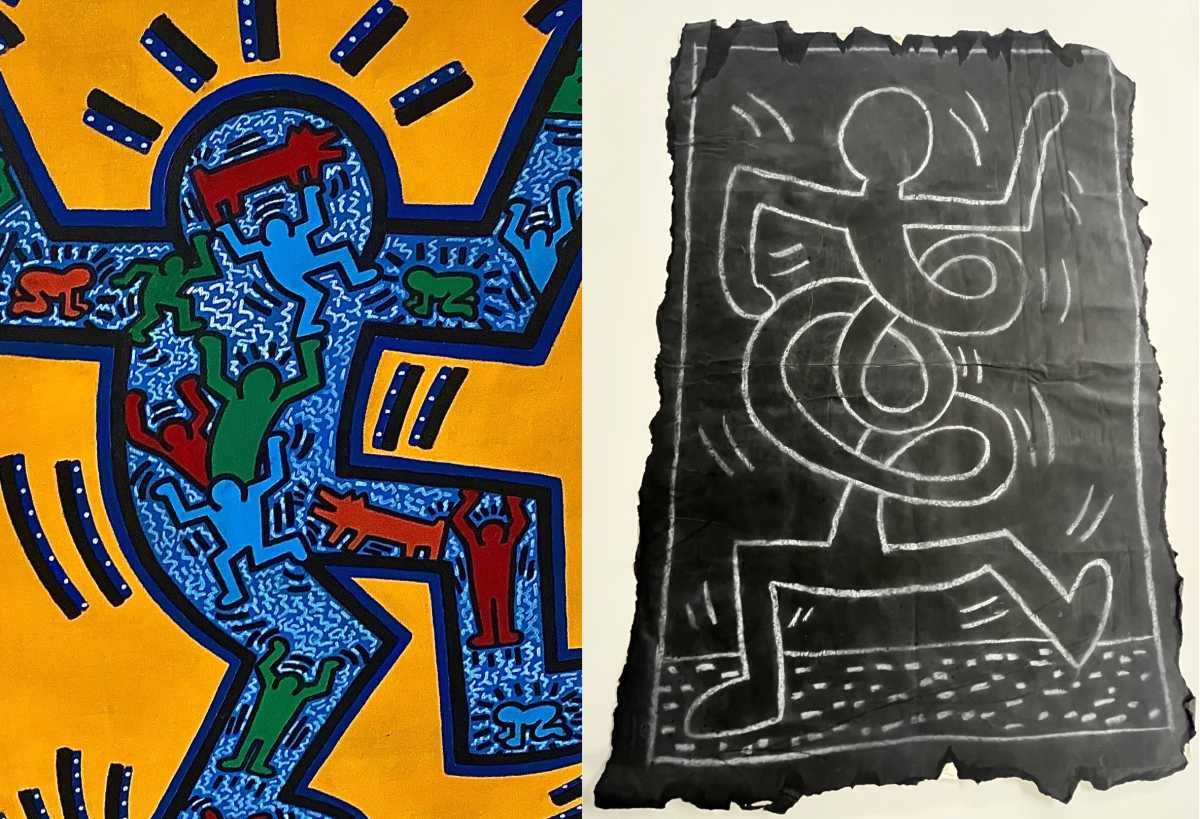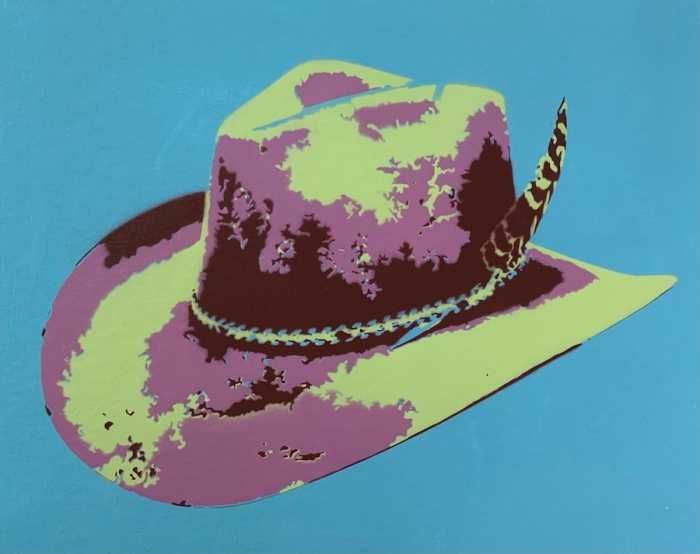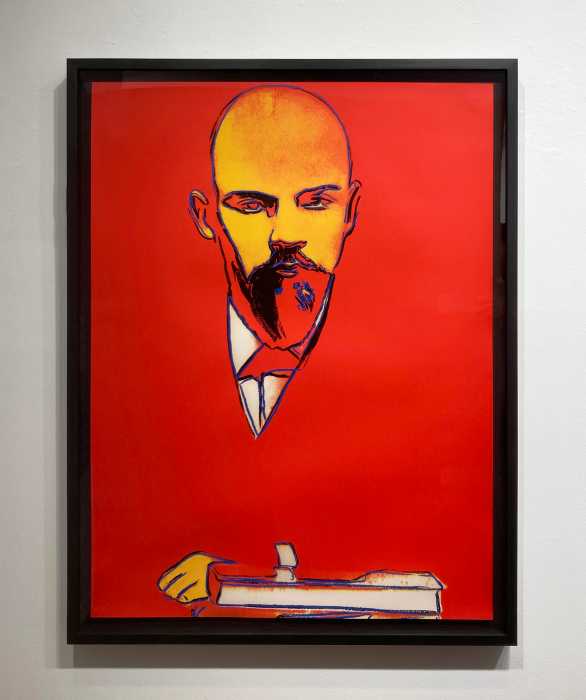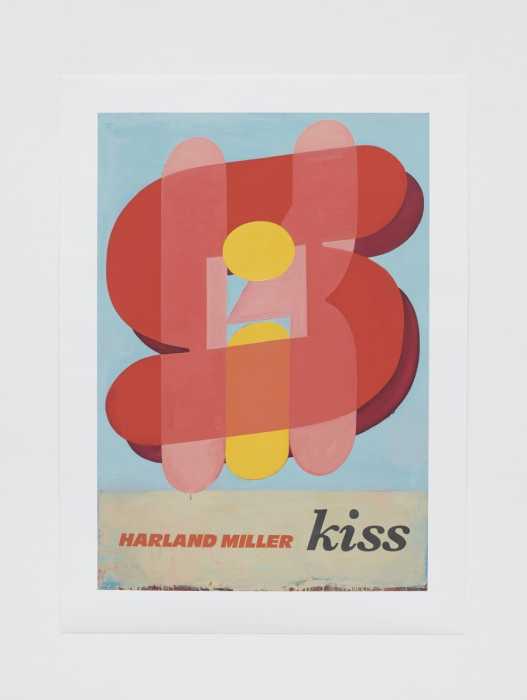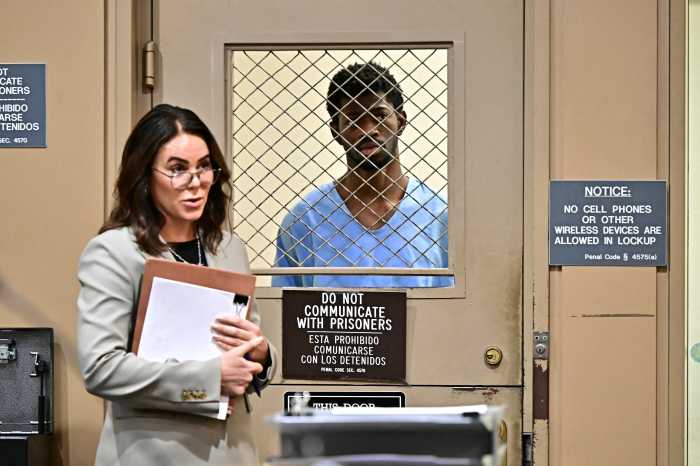In the early 1980s, Keith Haring turned New York City’s subway system into an unlikely art gallery.
No one sanctioned this gallery, but the young artist conjured it overnight, moving like a phantom through its tunnels, armed with chalk and conviction. Haring’s subway drawings appeared on the black matte panels that covered outdated MTA advertisements—public, immediate, and uncommodified.
Haring understood the anatomy of urgency. Each drawing was completed quickly, before transit police or MTA staff could intervene. Yet there was nothing careless in his execution.
His line—fluid, unbroken, anatomically precise in its stylized exaggeration—seemed to pulse with an innate sense of rhythm. Dancing figures radiated energy; dogs barked in jagged sound waves; crawling babies glowed like icons. The works were ephemeral by design, a visual language meant for everyone who passed through the city’s underground arteries.
Material witnesses to a cultural moment
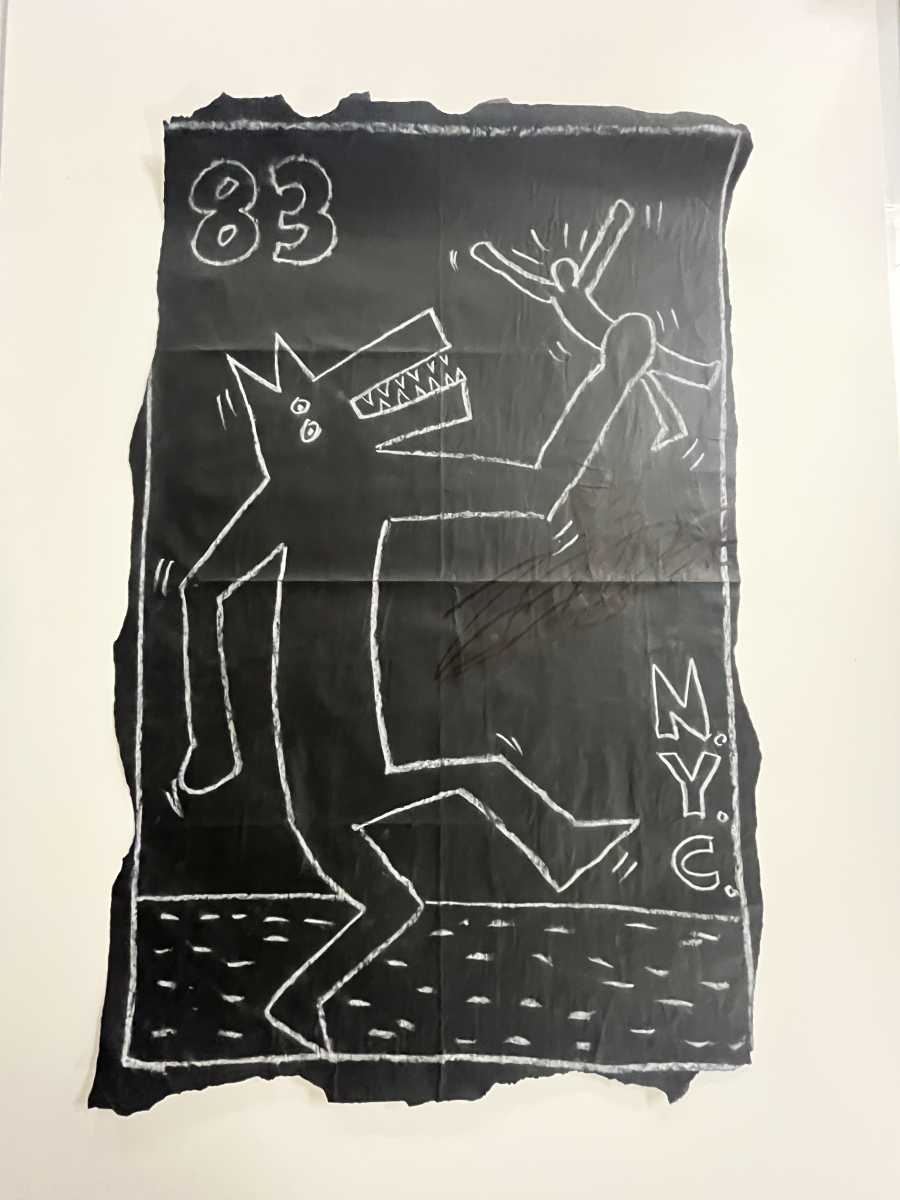
To encounter an authentic Haring subway drawing today is to witness an improbable survival. These works are almost self-authenticating, not solely because of their unmistakable iconography, but because of the rare and now-extinct material upon which they were made.
The paper was a distinctive black stock manufactured for MTA advertising panels—cheap at the time, but irreplaceable now. Its layered interior, combined with a uniquely rough tear pattern, created a structural fingerprint that has eluded even the most skilled paper forgers.
Decades of oxidation have sealed the chalk into the surface, lending it a silvery graphite patina that enhances, rather than obscures, the imagery. On the reverse, remnants of period-specific advertisements remain—visual time capsules that root each work firmly in its place and year of creation. The paste used to affix the panels leaves its own signature in texture and residue, further confirming provenance.
Paper conservators have described these works as “self-authenticating” due to the near-impossibility of replicating their combination of material, patina, and physical history. Even in the most speculative market, the sophistication required to create a convincing forgery would outweigh any conceivable reward.
Durability against all odds
The irony of Haring’s subway drawings lies in their resilience. Created without protective coatings and exposed to the hostile environment of subway tunnels, they have proven far more durable than expected. The oxidized paper’s seal has rendered the chalk resistant to smudging and fading, even under exposure to ultraviolet light. Many of the finest surviving examples remain remarkably close to their original vibrancy.
It is estimated that while Haring may have created up to 5,000 subway drawings during the brief span of this practice, fewer than 1,000 survive today. The rest were destroyed by time, overpainting, or the indifference of an era that had not yet caught up to the magnitude of what it was witnessing.
Why collecting matters now
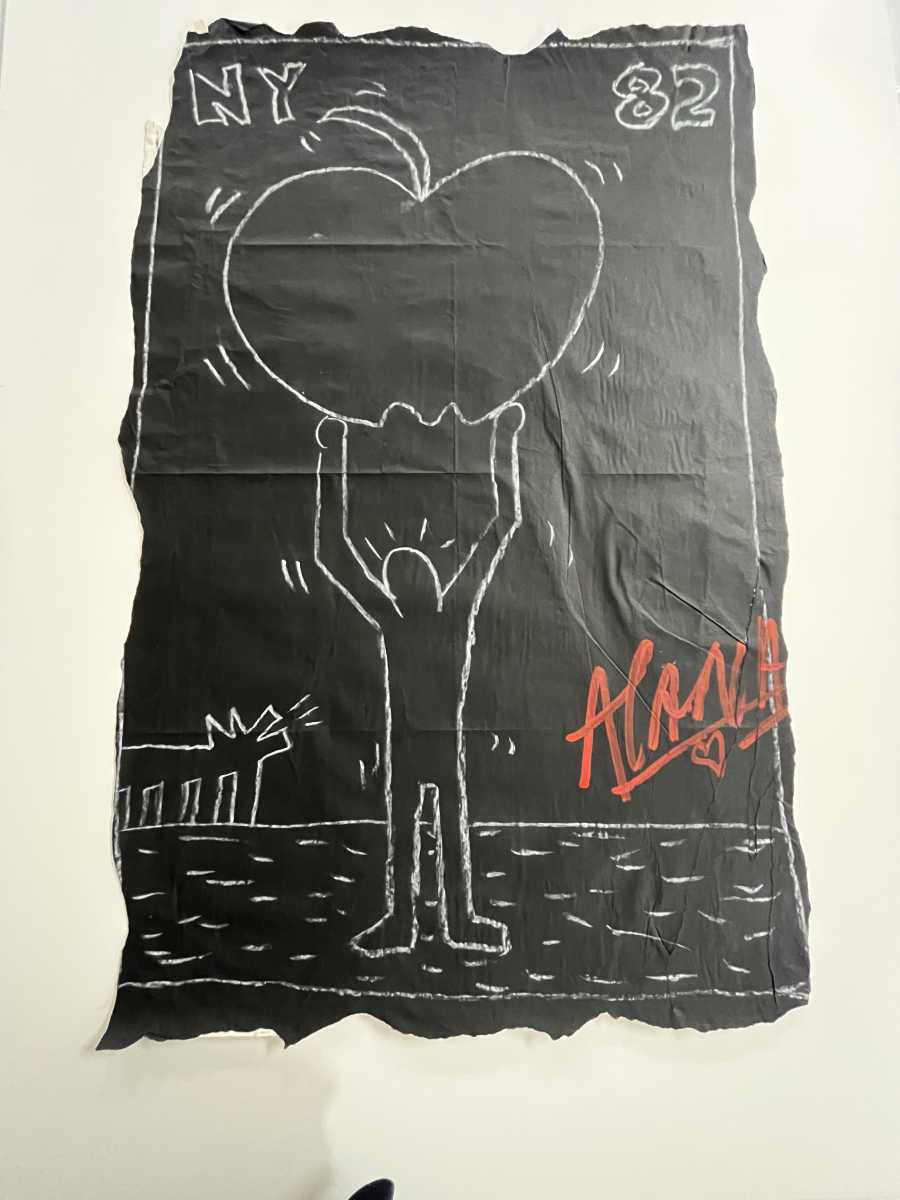
Keith Haring’s impact on contemporary art extends beyond the walls of galleries and museums. His public work, community engagement, and activism—especially his AIDS awareness campaigns—position him among the most socially committed artists of his generation.
Collecting his work is not merely to acquire an object but to take custody of a piece of cultural DNA: a relic of a moment when art was inseparable from civic life.
The subway drawings occupy a unique position within Haring’s oeuvre. They are both raw and fully realized, unmediated by the formalities of the studio or market. They embody the democratic ethos he championed: art for everyone, in spaces where no ticket was required. Their preservation ensures that this ethos endures—not as a memory, but as a tangible, viewable, living artifact.
On view this fall
This fall, DTR Modern Gallery in Soho will present a curated selection of original Keith Haring subway drawings—exceptional examples sourced from a collector who was both a friend and a contemporary of the artist. These works are not merely rare; they are irreplaceable documents of New York’s cultural and social history in the 1980s.
Visitors will have the rare opportunity to examine the physicality of the works up close: the distinctive paper, the chalk sealed by decades of oxidation, the ghostly fragments of vintage advertisements on their reverse. To stand before them is to stand in the presence of a dialogue between artist and city—one still humming with the voltage of its creation.
For collectors, this exhibition represents an unrepeatable moment to acquire works that are both historically pivotal and materially extraordinary. Their scarcity ensures their continued ascent in both cultural and market value, yet their true worth lies in what they preserve: the immediacy of art offered freely, the insistence that creativity belongs in the bloodstream of a city, and the enduring truth that art, when wielded with conviction, can alter the very texture of public life.
To inquire about available works and exhibition details, contact info@dtrmodern.com and follow @dtrmodern for updates.



